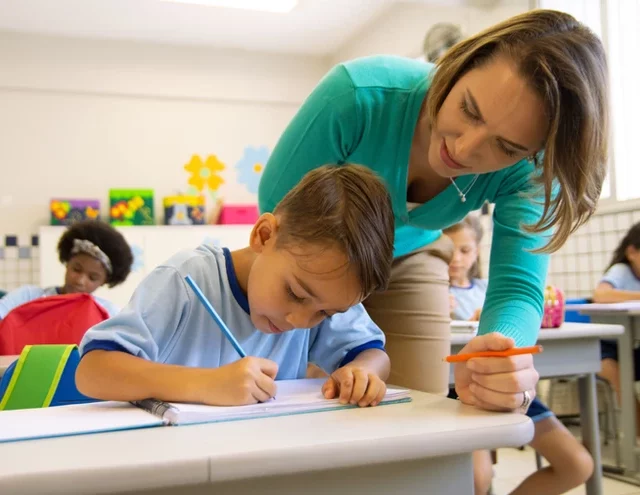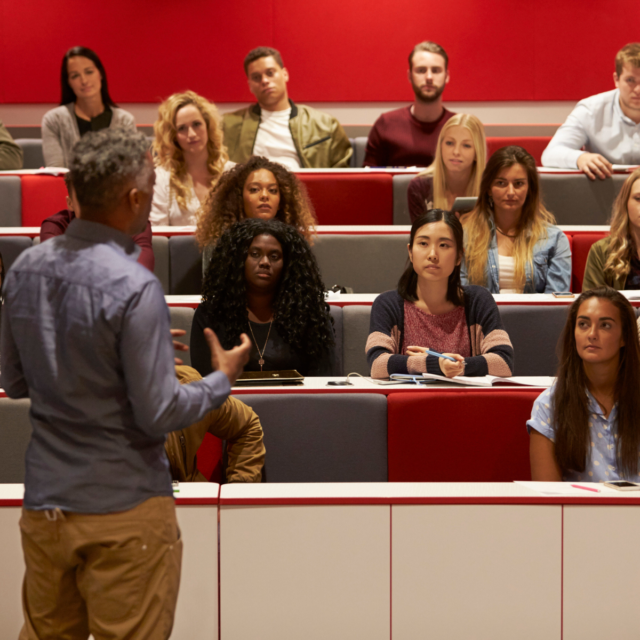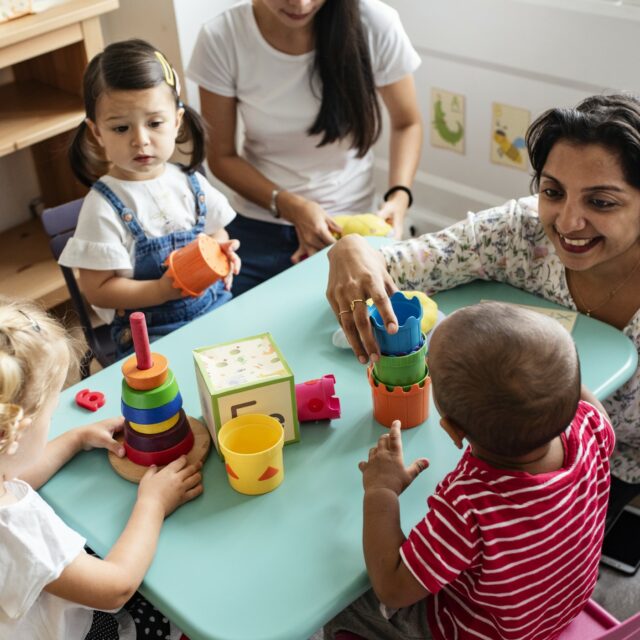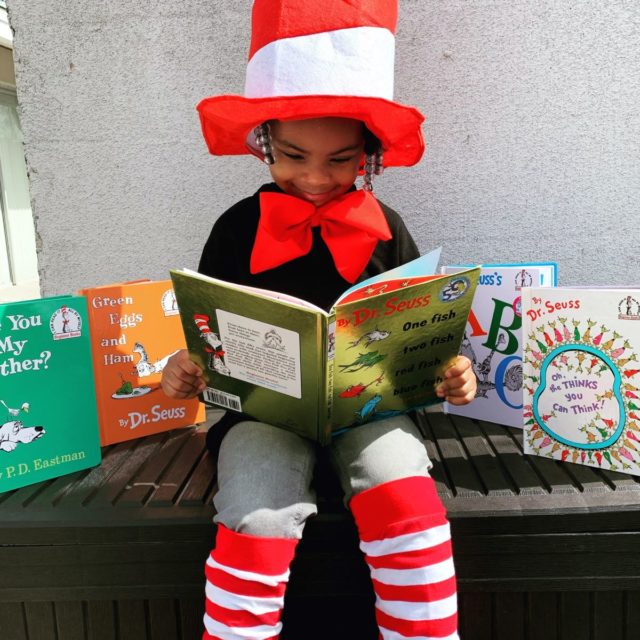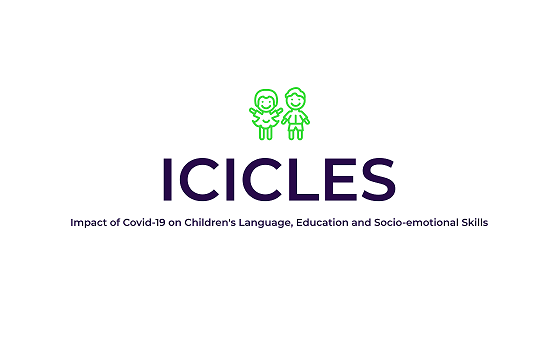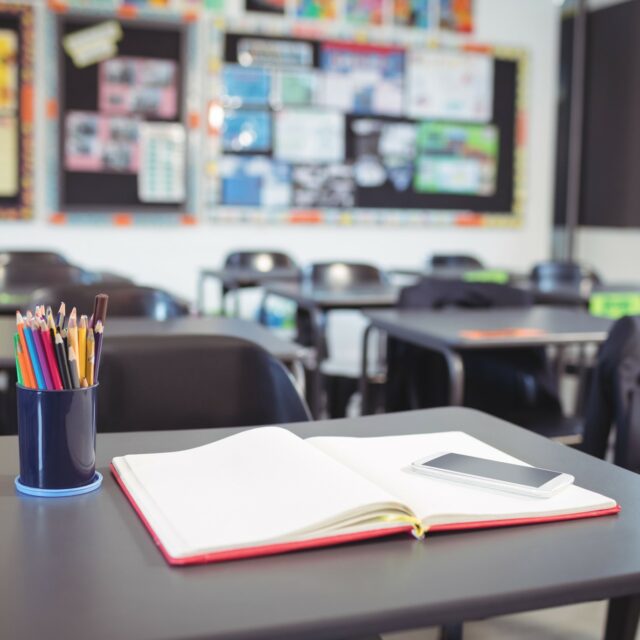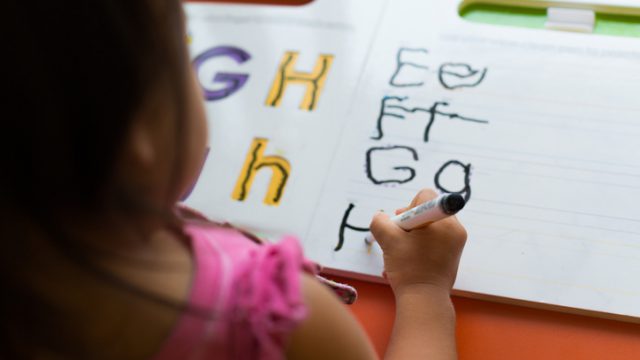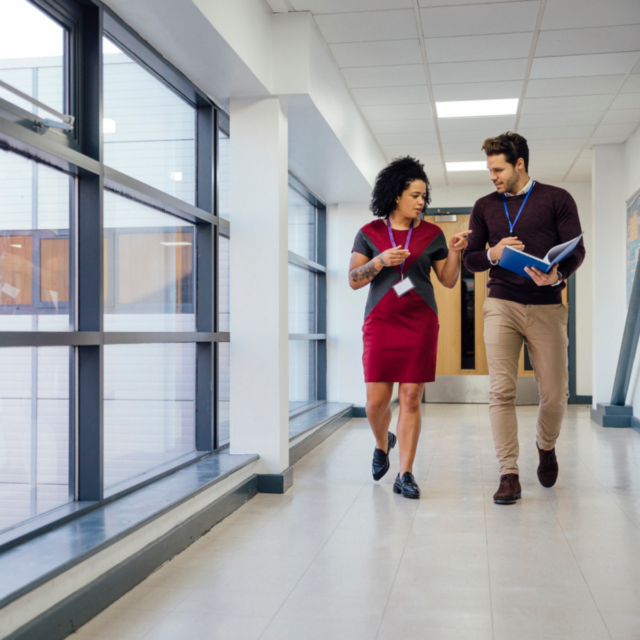How schools are integrating new migrant pupils and their families
 Pub. Date
Pub. Date
 Pub. Type
Pub. Type
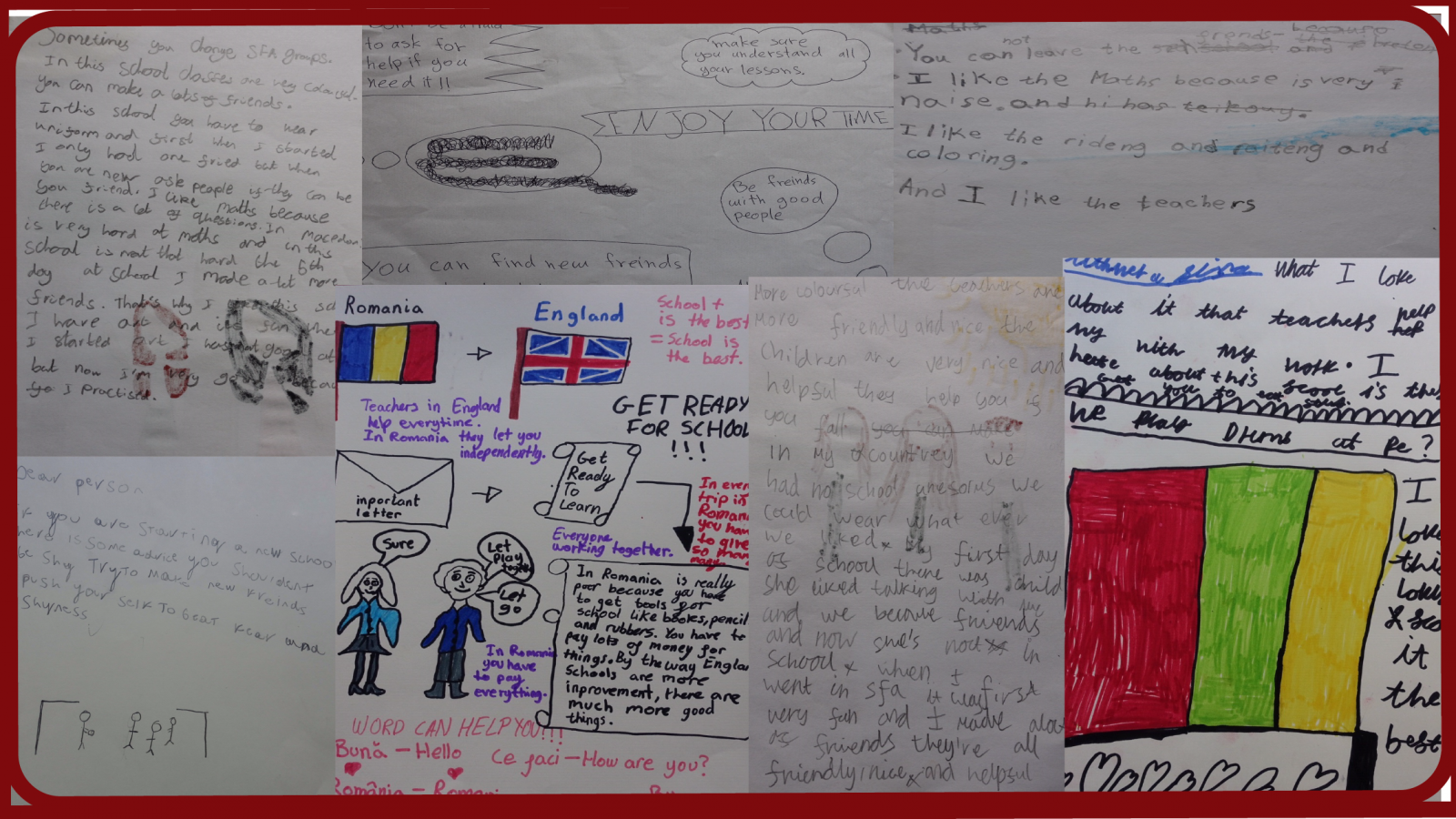
Executive Summary
Free movement and the extension of EU membership to Eastern and Central European countries have led to a substantial increase in migration to the UK. One result is an increase in the number of pupils who are either migrants themselves or born to recent migrants. In June 2016 the UK voted to leave the EU, and it is clear that anti-immigration sentiments played a decisive role in the minds of many voters.
It is known that people who have more contact with migrants are more positive but opportunities for mixing can be limited. Yet schools offer such opportunities, for pupils and for parents. They are also places where the needs of migrants can be identified and addressed and equal participation in society can be facilitated. Integration of migrant children into schools can also benefit the wellbeing and performance of migrant pupils themselves, and to rebalance disadvantage stemming from disruption to schooling or negative life experiences before or after arrival in the UK.
Our research, funded by the Paul Hamlyn Foundation, aimed to identify ways in which schools were actively integrating pupils with these two aims in mind: to create an inclusive environment for pupils and families and to optimise the performance of pupils who might need additional support. We aimed to identify good and promising practice towards successful integration across all areas of learning and school life, in different kinds of schools and with different pupils and local circumstances. We aimed for our research to contribute to knowledge about schools’ practices and to the debate on migration and integration.



